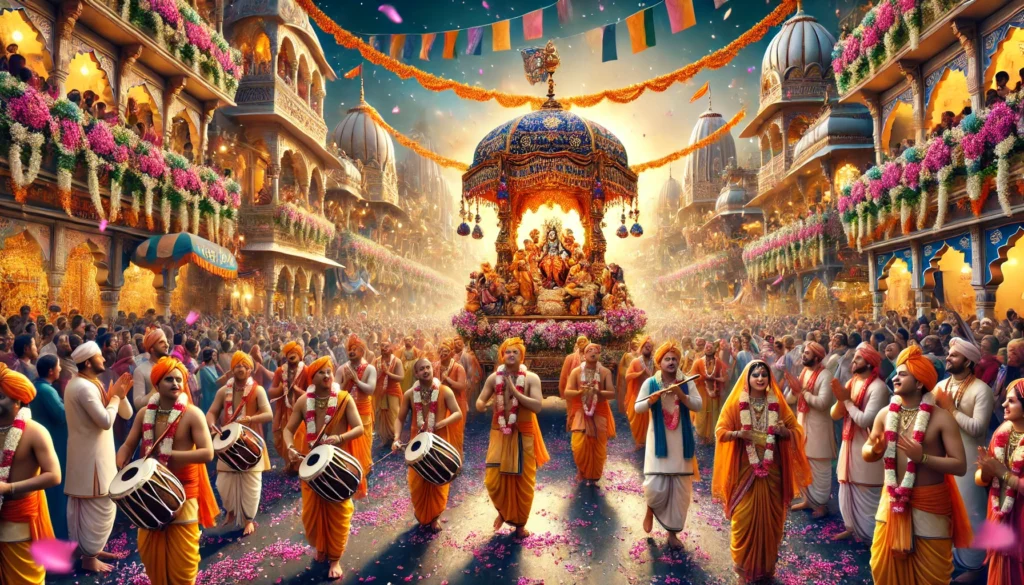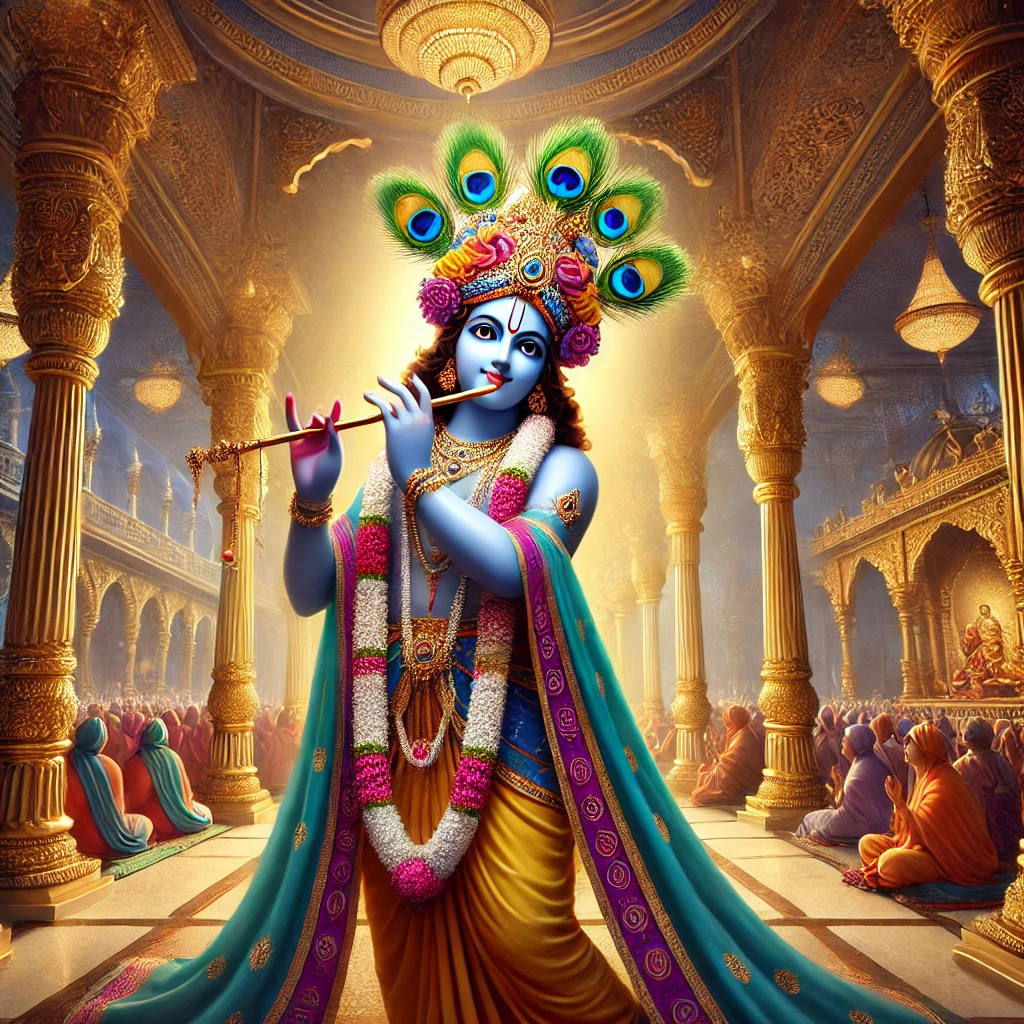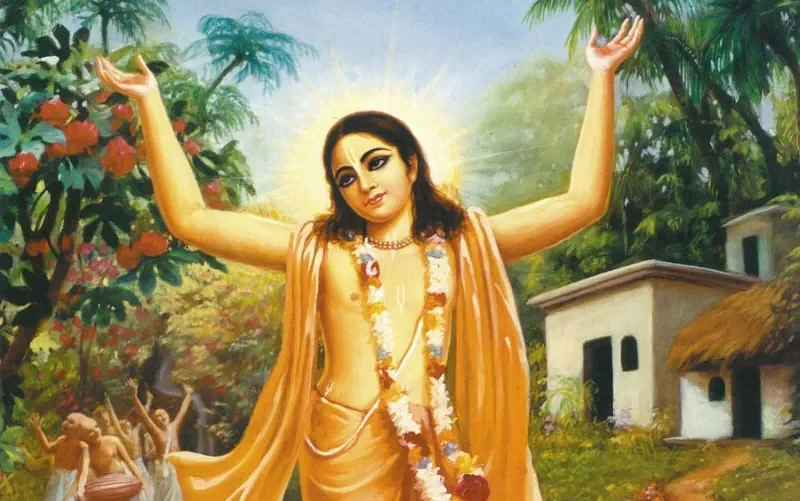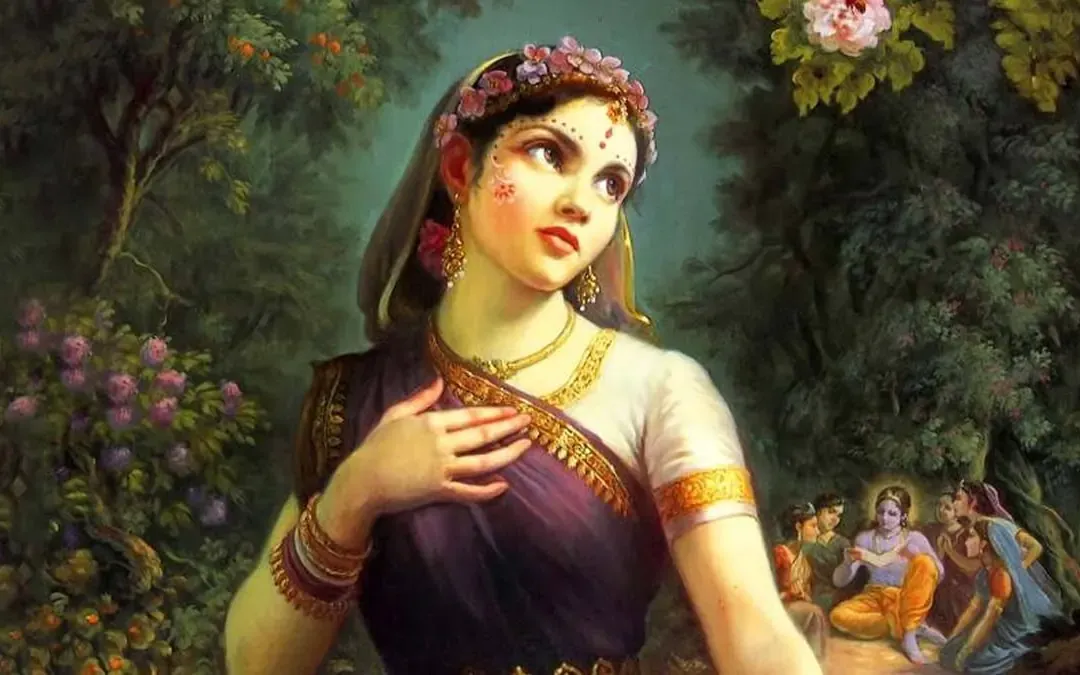Introduction
Kunti’s Unwavering Surrender
The character of Kunti from the Mahabharata stands as a beacon of unwavering surrender. Despite facing numerous challenges and adversities, her surrender to Lord Krishna remained steadfast. Kunti’s faith and devotion were such that she believed that as long as she had the presence of Krishna, she could face any danger with courage and grace.
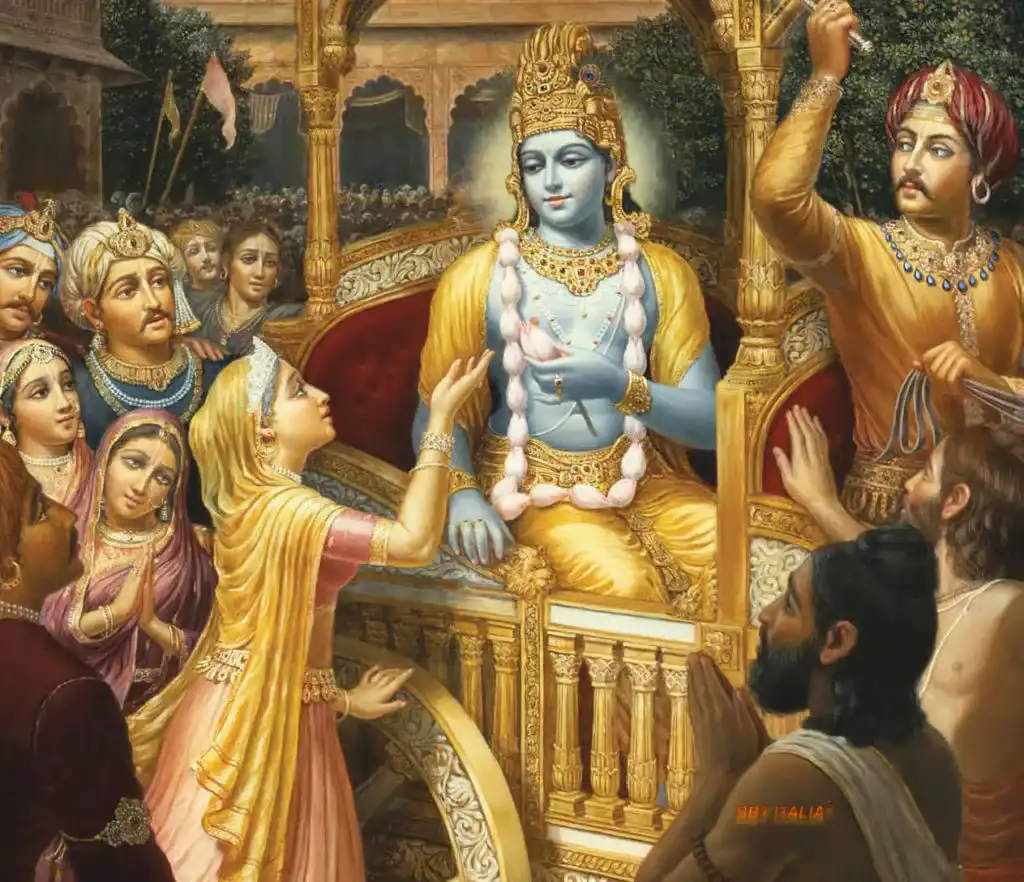
Maharaj Ambarish’s Fearless Surrender
Maharaj Ambarish, known for his unflinching devotion to the Supreme Lord, exhibited a remarkable example of surrender in the face of death. When a fierce demon approached him with the intent to harm, Maharaj Ambarish remained unmoved, relying completely on the protection of the divine. His surrender was so profound that it transcended the fear of death itself.
The art of surrender, as depicted in Vedic literature, is a profound and transformative practice that requires deep faith, devotion, and humility.
Prahlad Maharaj’s Prayerful Surrender
Prahlad Maharaj, a young devotee of Lord Vishnu, demonstrated a unique form of surrender through his constant prayers and devotion. Despite enduring immense hardships and persecution, Prahlad’s heart was always immersed in prayer and love for the Lord. His surrender was so pure that he did not even seek protection from the Lord, trusting completely in His divine will.
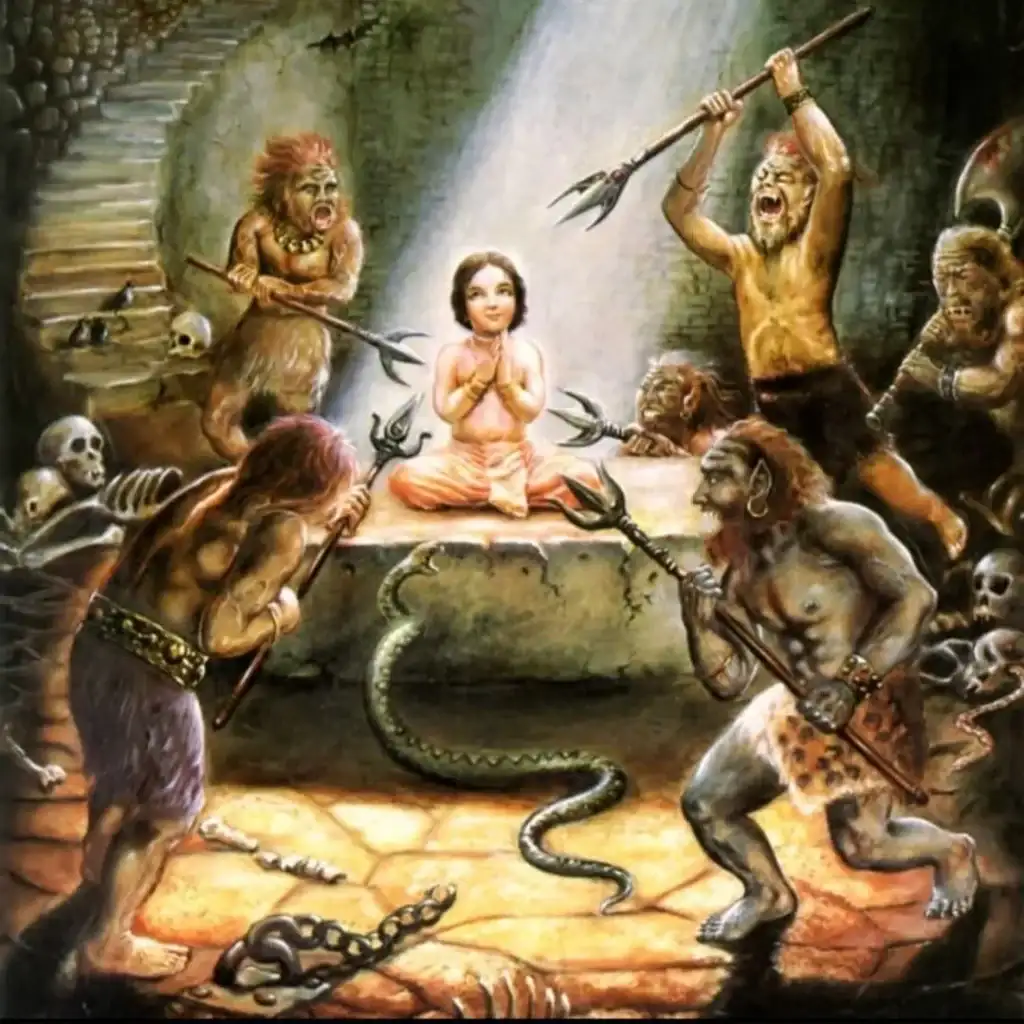
Gajendra’s Desperate Surrender
The story of Gajendra, the elephant king, illustrates a different aspect of surrender – that of desperation in times of dire need. When Gajendra found himself trapped and helpless in the clutches of a crocodile, he called out to Lord Vishnu for immediate protection. His surrender was born out of a deep sense of urgency and helplessness, highlighting the power of surrender in times of crisis.
Levels of Surrender
As mentioned in Vedic teachings, surrender comes in various forms and levels based on one’s devotional quotient. It is emphasized that surrendering to a Guru or a senior devotee can help individuals navigate life’s challenges with wisdom and grace. By surrendering to higher spiritual authorities, one can cultivate humility, faith, and resilience in the face of adversities.
In conclusion, the art of surrender, as depicted in Vedic literature, is a profound and transformative practice that requires deep faith, devotion, and humility. Whether it is the unwavering surrender of Kunti, the fearless surrender of Maharaj Ambarish, the prayerful surrender of Prahlad Maharaj, the desperate surrender of Gajendra, or the levels of surrender based on one’s devotional quotient, each example serves as a guiding light on the path of spiritual evolution. May we draw inspiration from these timeless teachings and strive to cultivate a spirit of surrender in our own lives, trusting in the divine will and experiencing the profound grace that comes with true surrender.
Hare Krishna Hare Krishna Krishna Krishna Hare Hare
Hare Rama Hare Rama Rama Rama Hare Hare


